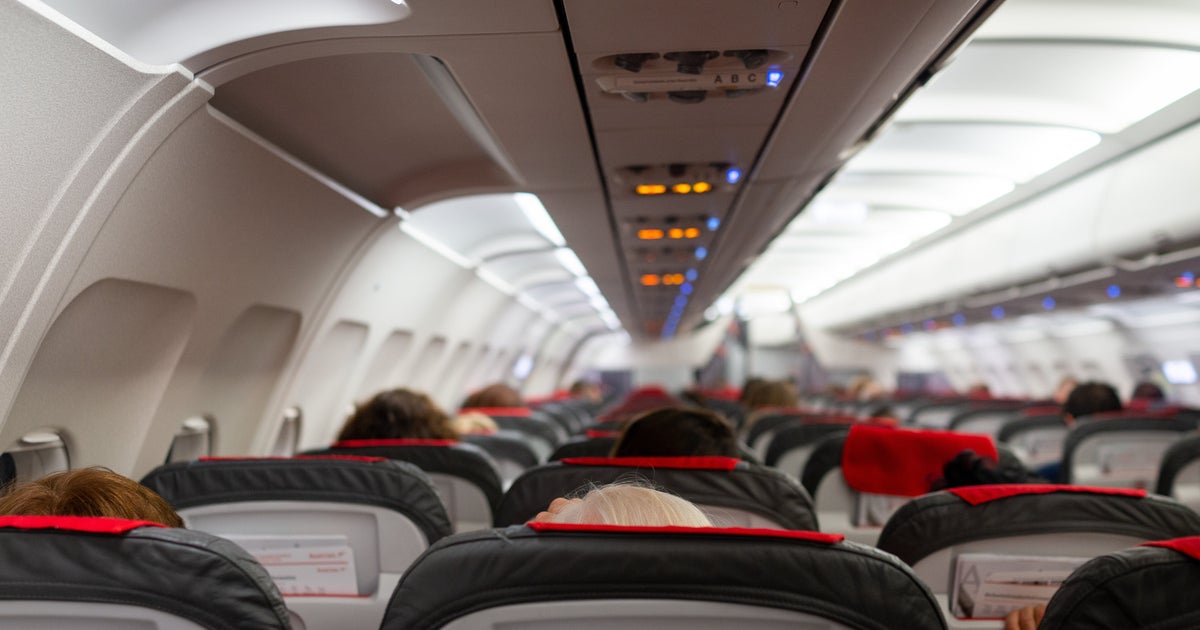
What Happens If Someone Dies On A Plane?
HuffPost
In-flight deaths are rare, but there's a process for handling the situation when it does arise.
“Is there a doctor on board?”
Those who fly frequently may have heard this question asked at some point on a plane. In-flight medical incidents can range from minor to serious, and sometimes the outcome is fatal.
In February, a 41-year-old passenger died after falling ill on an American Airlines flight from the Dominican Republic to North Carolina. Weeks earlier, a 63-year-old experienced a medical emergency and died on a Lufthansa flight from Thailand to Germany. And just this week, a 73-year-old passenger died aboard a Singapore Airlines flight after the plane hit severe turbulence.
“A death on board at 35,000 feet is one of the most feared situations for flight attendants, often because it follows a medical emergency, which is already very stressful to manage,” said Jay Robert, a former flight attendant and the founder of the brand A Fly Guy. “When a medical emergency results in death, it can be a very traumatic experience for everyone on board, especially if the passenger is young.”
Although these incidents receive much media coverage, in-flight deaths remain relatively rare. A 2013 study published in the New England Journal of Medicine found that over a period of about three years, there was 1 in-flight medical emergency for every 604 flights, and of the 10,914 afflicted passengers for whom there was follow-up data, 0.3% died. That translates to 36 known deaths in that period, or about one per month, with 30 of those deaths occurring during flight.





















 Run 3 Space | Play Space Running Game
Run 3 Space | Play Space Running Game Traffic Jam 3D | Online Racing Game
Traffic Jam 3D | Online Racing Game Duck Hunt | Play Old Classic Game
Duck Hunt | Play Old Classic Game











